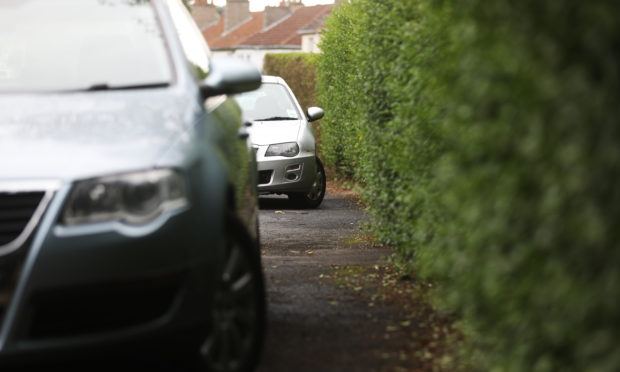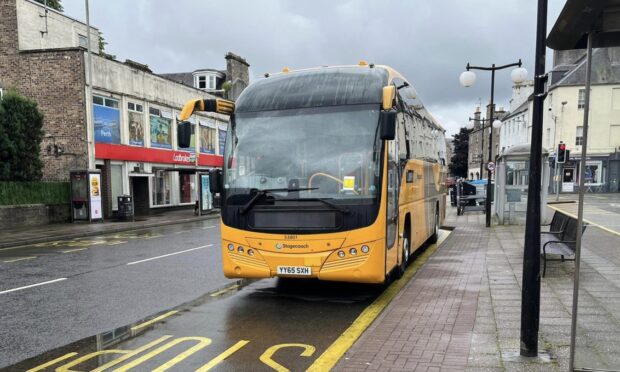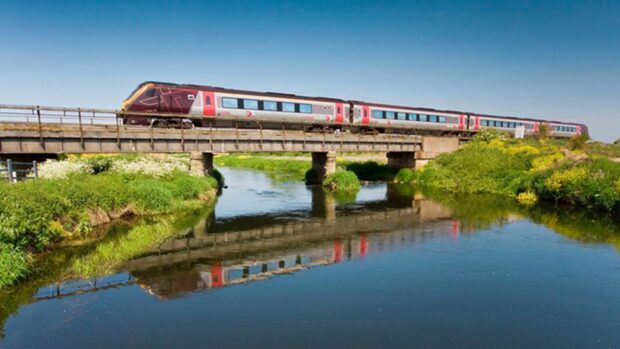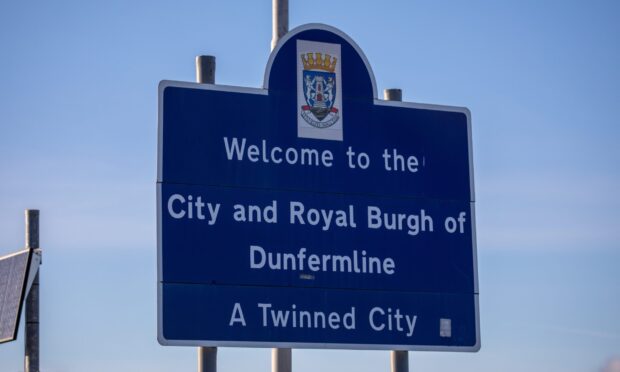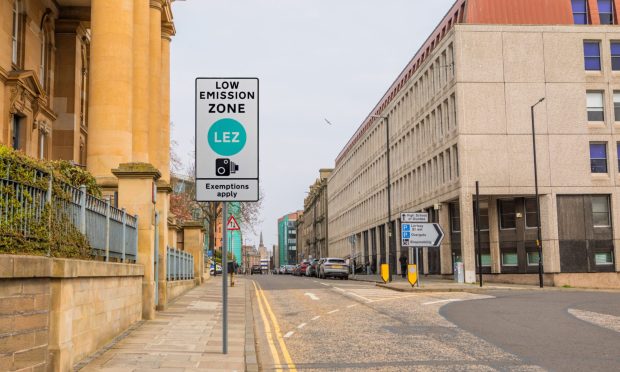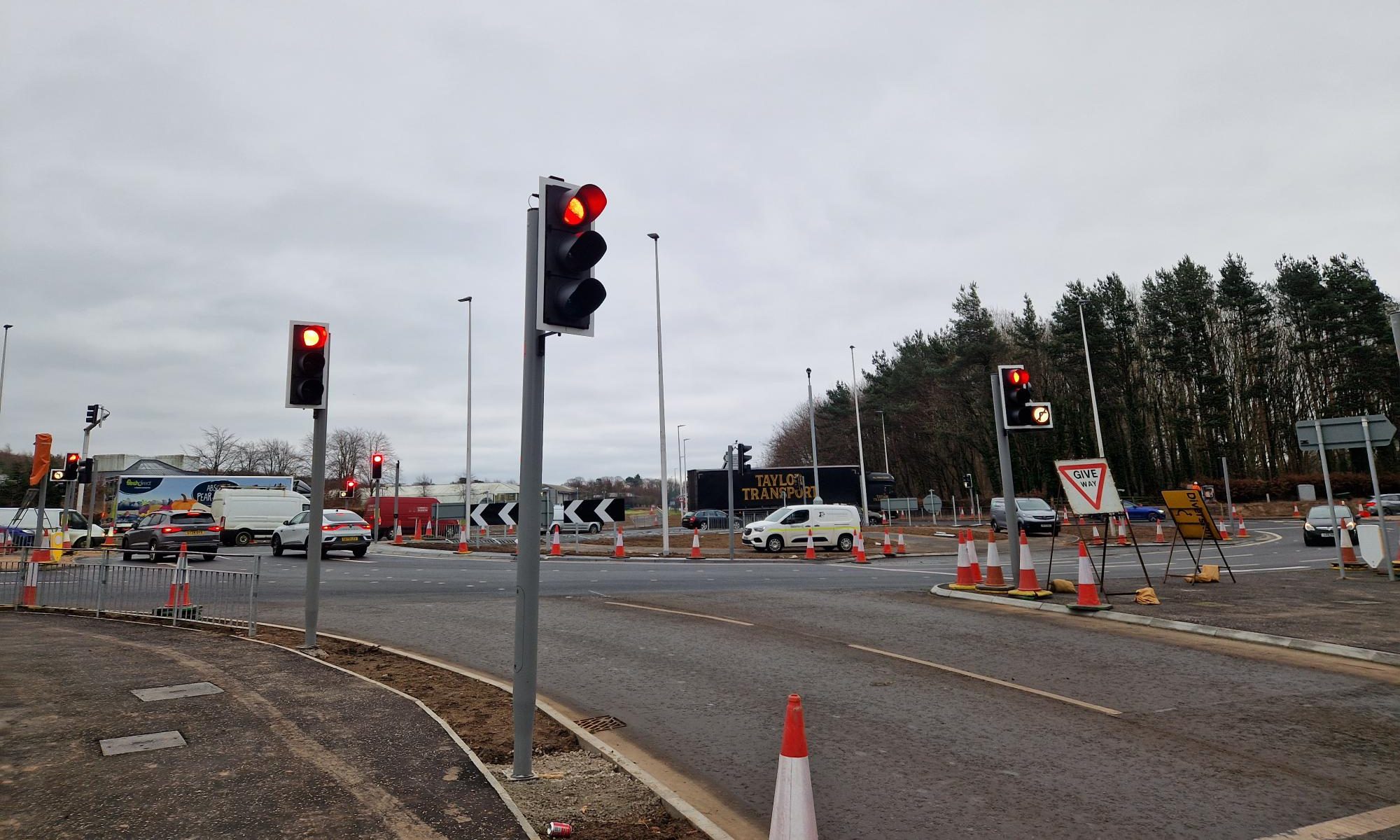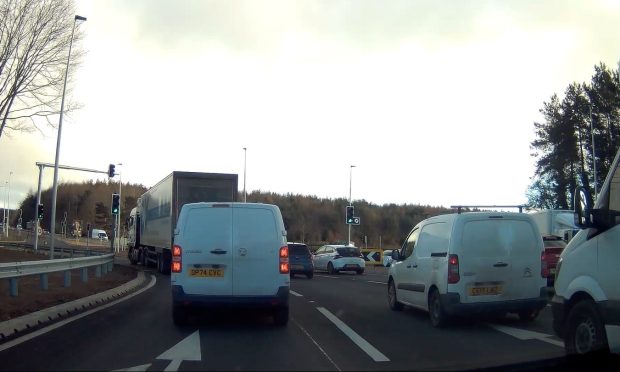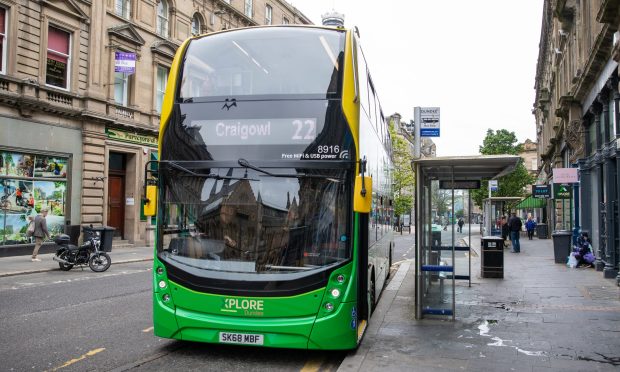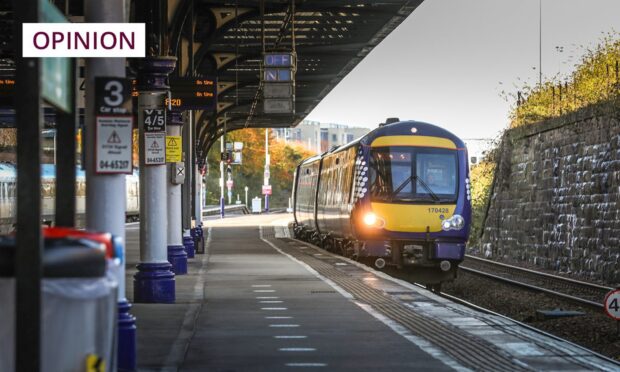The Scottish Parliament has agreed to a ban on pavement parking across the whole of the country.
The Transport (Scotland) Bill passed its third and final stage in Holyrood last Thursday following a debate and will soon be enforced.
Included within the act of parliament is a Scotland-wide ban on parking vehicles on footways.
Campaigners say the legislation will end the suffering of wheelchair-users, parents with prams, cyclists and others, and keep pathways free from damage by vehicles.
What else does the bill cover?
The Transport (Scotland) Bill will also prohibit double parking, allow for the provision of low emission zones and implement measures which will allow councils to improve local bus services.
The Scottish Government says the bill will herald in a cleaner and more accessible transport network across the country in light of the climate emergency.
When will the new legislation come into effect?
There is no timeline set for when the pavement parking ban will come into effect.
Following an initial four-week period which gives the opportunity for the legislation to be challenged, it will be submitted for Royal Assent.
This requires a signature from the Queen, which is out of Holyrood’s hands.
Once this final stage in the process has passed, the bill will become an act of the Scottish Parliament.
After this an implementation timetable would then begin for the new legislation.
Will anyone be exempt?
There are exemptions in the pavement parking ban for police, ambulance, and fire and rescue vehicles, as well as the UK Coastguard and military.
Vehicles being used for road and traffic work, postal services, deliveries and bin collections will also be allowed to park on pavements.
Medical practitioners, including nurses and midwives, who are carrying out emergency health care will also be exempt from the ban.
The bill states that the prohibition will not apply to drivers who pull over on a pavement “for the purpose of saving a life” or in response to another emergency, an accident or a breakdown.
What do campaigners say?
Living Streets Scotland, which campaigned for the country-wide ban on pavement parking, welcomed the bill being passed and called for England and Wales to follow suit.
Director of the charity Stuart Hay said: “This is the first nationwide ban put in place in the UK and represents the culmination of over a decade of campaigning by Living Streets Scotland and disability charities.
“People in wheelchairs, parents with pushchairs and older adults who are currently forced into oncoming traffic when faced with vehicles blocking their path will now be able to enjoy a new freedom.
“It also stands to offer huge savings to cash-strapped councils currently charged with fixing footways damaged by vehicles parking on them.”
However the group was unhappy about a blanket 20-minute exemption for delivery vehicles in the bill.
What do the Scottish Government say?
Cabinet secretary for transport, infrastructure and connectivity Michael Matheson said: “The measures included in the transport bill will lead to improved journeys for the travelling public, building on the work that is already underway to reduce emissions to help us meet our world-leading climate change targets.
“The bill supports our efforts to make public and sustainable transport the preferred travel options.
“It empowers local authorities to address local transport needs through new options for improving bus services to help address the decline in passenger numbers.
Scotland’s #TransportBill has been passed by @ScotParl. It means Scotland will have a cleaner, smarter, more #accessible transport system, improving #wellbeing & reducing emissions to help us meet our #ClimateChange targets @MathesonMichael pic.twitter.com/PJGosCbY5V
— Transport Scotland (@transcotland) October 10, 2019
“Those measures include a new statutory partnership model, franchising and the ability for local authorities to run buses themselves.
“We are supporting the bill through over £500 million in bus priority infrastructure investment which was announced in the Programme for Government to help reduce the effects of congestion on services.
“The low emission zones provisions will improve air quality with Scotland’s four largest cities already committed to their introduction and local authorities are also being given a new tool to address the climate emergency with the discretionary powers for a workplace parking levy.
“I now look forward to working with our partners to put these measures into practice, protecting our climate and improving lives in the process.”
